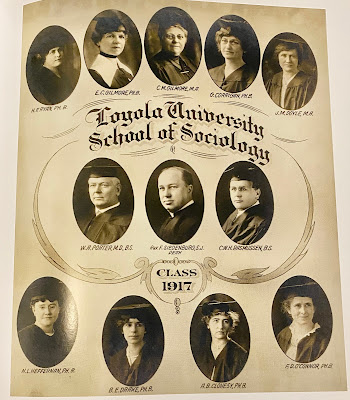Sensitive Subject Warning:
This is the introductory chapter of Venkatesh’s book, Gang Leader for a Day. As you read the chapter, look for all of the ways that Venkatesh gathers data and attempts to study race and poverty. NOTE: there is offensive language in the chapter which Venkatesh included in order to preserve the authenticity of his interactions with the people he meets. Please do not take the use of this language as making light of the offensivesness of this language.
Background: The Creation of Sociology as an Academic Discipline
The Social Construction of Reality and the Sociological Imagination are two ways of understanding how sociologists view the world, both created during the twentieth century. But, to understand sociology as an academic discipline, it is necessary to look back to the 1800s.The industrial revolution brought about changes from:
Durkheim said that societies have a structure made up of different systems that function to keep order in society. Just like a body has different systems such as a respiratory, circulatory, digestive and nervous system, a society has different systems like family, education, economy, religion and government etc… These systems serve a function of keeping order in society by creating a structure for stability and continuity. Therefore, Durkheim's paradigm becomes known as structural-functional. Durkheim says that when the structures help to make life healthy for individuals, the structures are functional, whereas structures that are not healthy for individuals are called dysfunctional.
Dysfunctions are when aspects of these institutions do not meet those needs and instead individuals are harmed by the dynamics of society.
Is this scene dysfunctional? Why? What systems are contributing to this?
1c. How might the paradigm apply to college? In other words, what might a Structural-Functionalist study about college?
Oftentimes, the study of inequality and the fight for equal rights led to overlapping movements such as social class and gender led by Chicago's Jane Addams. Addams was an influential leader in Chicago who used her sociology degree to improve the lives of Chicago's women, poor, and immigrants
Applying the Conflict Paradigm:
What groups of people are forced to navigate that congested mess?Who is put in danger because of that mess?Who profits from that congestion?
Who is always treated unequally? Why?Who has power on the boat and Why? And, how do they use that power?
The development of the Symbolic Interactionist paradigm
Building off of Weber's work, two sociologists created a third paradigm for which sociologists view the world. Weber showed symbolic meaning in the Protestants' lives and in their everyday interaction with other people. Stemming from Weber's work, George Herbert Mead, W. I. Thomas and Herbert Blumer all worked at the University of Chicago and focused on the shared meaning in everyday life between people. This paradigm became known as Symbolic Interaction. It is more focused on face-to-face interaction, or small groups, as opposed to large-scale institutions. Much of our interaction with each other holds symbolic meaning to us. The words we use, our body language, our clothes all hold symbolic meaning for us. They convey an identity we have to the world.
Why do people stand on certain spots on the street? Is there meaning behind who stands where?How does this intersection stay orderly? Who has right of way and how do they learn this?What is everyone wearing? What does that symbolize to them?
Applying the paradigms to your life
"... one of Chicago's most significant civic leaders over the next two decades...and he routinely crossed denominational, ethnic, and racial boundaries in his dealings, and he never wavered from his belief that religion could be a progressive force in urban life. In 1915, the Chicago Tribune commented on Siedenburg's role with the American Peace Federation, his appearance with Rabbi Emil Hirsch at Sinai Temple, and his visit to Tuskegee Institute as the guest of philanthropist Julius Rosenwald along with Jane Addams of Hull-House and the Reverend Jenkin Lloyd Jones, a Unitarian minister ... He also found time to publish ground-breaking articles in the American Journal of Sociology, including 'The Recreational Value of Religion (1922), 'The Religious Value of Social Work (1922), and 'War and the Catholic Church' (1925)."
- Ellen Skerrett (2008). Born in Chicago. Loyola Press, Chicago



















